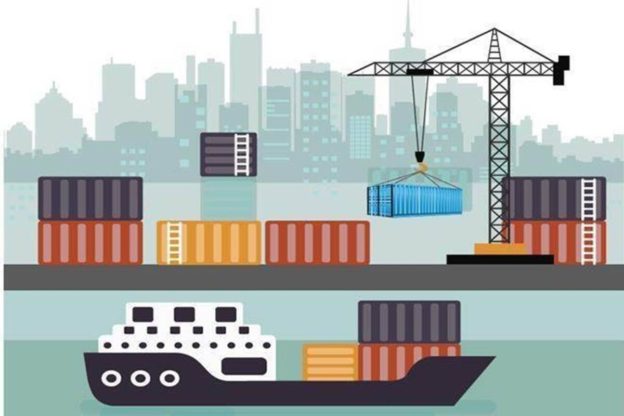Once tariffs are eliminated, the markets of the FTA partners can be served from a single unified location. This allows some firms to grow beyond what is achievable in the national market of a single country
The thrust on FTAs with large developed markets like the US, Canada and the European Union has been gaining momentum for some time. The Indian stakeholder-industry has shown a more affirmative attitude to bounded trade deals with the US, Canada, the UK and the EU, albeit with an approach that can best be described as one of cautious optimism. These are large markets and have the potential to become big export destinations for Indian products. While the larger picture appears to be trade, one can’t ignore the attendant potential benefit the preferential access to these large markets brings—an inducement for FDI in manufacturing.
Of course, traditional wisdom states that FDI in manufacturing gets attracted to protected markets, where it is cheaper to set up a manufacturing unit rather than pay the tariffs required to serve the market through exports. This type of FDI has a long history, going back to the industrialisation of the UK, Canada and Australia. A 2002 World Bank report cites studies that confirm high tariff rates on imported goods induced FDI inflows into the UK, Canada and Australia, at that point in time.
While an MNC’s decision to undertake foreign investment is guided by many factors such as infrastructure, human capital, tax policy consistency and such endowments in the recipient country, the size of the market is a significantly decisive factor in the choice of the FDI recipient country. Most studies find a highly-pronounced positive effect of the size of the host market on FDI inflows. Therefore, to the extent that an FTA creates an extended market by including access to the FTA partner countries’ market, a positive relationship between FTAs and FDI would emerge. Due to tariff eliminations, the markets of the FTA partner countries can be served from a single unified location. This effect allows some firms to grow beyond what they would have been able to achieve in the national market of a single country.
Empirical studies have shown that trade pacts and investments are complements when the partner countries differ in relative endowments and are at different stages of development, while trade pacts and investments could be substitutes when the partner countries are similarly endowed and competing for the same FDI.
This assumes a greater significance in the wake of the recent events which the pandemic has brought into focus—the importance of reliable and resilient supply chains over, simply put, the lowest cost supply chains. There is a diversification move by MNCs seeking plurality of production and to secure uninterrupted supply chains in order to avoid disruptions; a move which has prompted investments to move horizontally rather than vertically—a more risk-neutral model. A country with a modest market size but FTA access to large markets is likely to score over a large country with a big standalone market, especially if it can offer other incentives and create a more conducive environment.
For example, Vietnam, which in itself is not a very large market, has successfully leveraged its preferential tariff access to many large Western and Asian markets through its trade agreements. This (making Vietnam a preferred destination for FDI in manufacturing) has been one of the major determining factors for MNCs diversifying under a China-plus-one strategy. Many ASEAN and South Asian countries (including India) have been competing for the same FDI. Another example is Bangladesh, which has duty-free access to the EU, UK and Canada in textiles under their GSP (General System of Preferences) for LDC countries, thereby making Bangladesh a preferred destination for FDI in textiles and a competitor for Indian textiles that do not have similar duty-free access to these large markets.
Given India’s stage of development, it would only be prudent to seek a parity in tariff concessions in these large markets, through FTAs. Finding FTA partners in large Western markets would indisputably be a boost in the arm for the manufacturing industry in the country and would allure many more.
https://www.financialexpress.com/opinion/can-ftas-be-leveraged-for-fdi/2277217/







